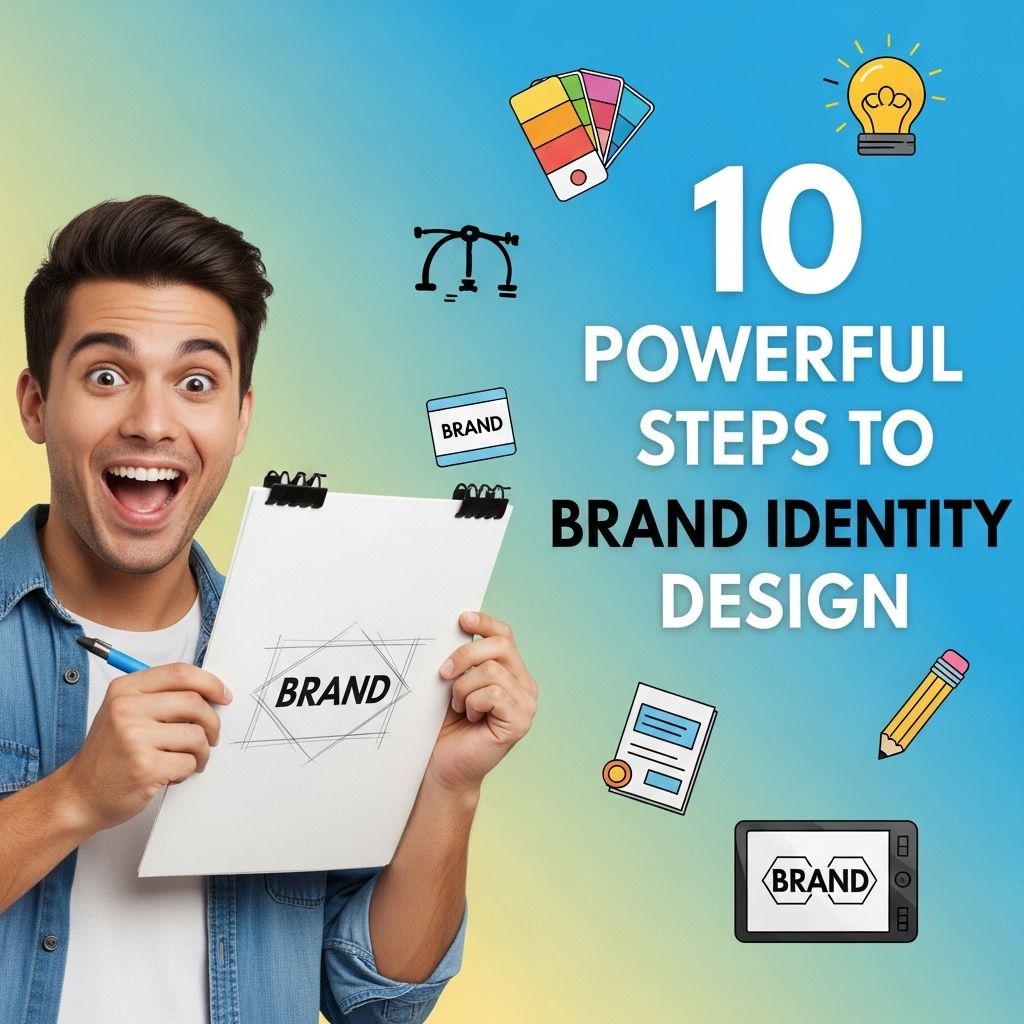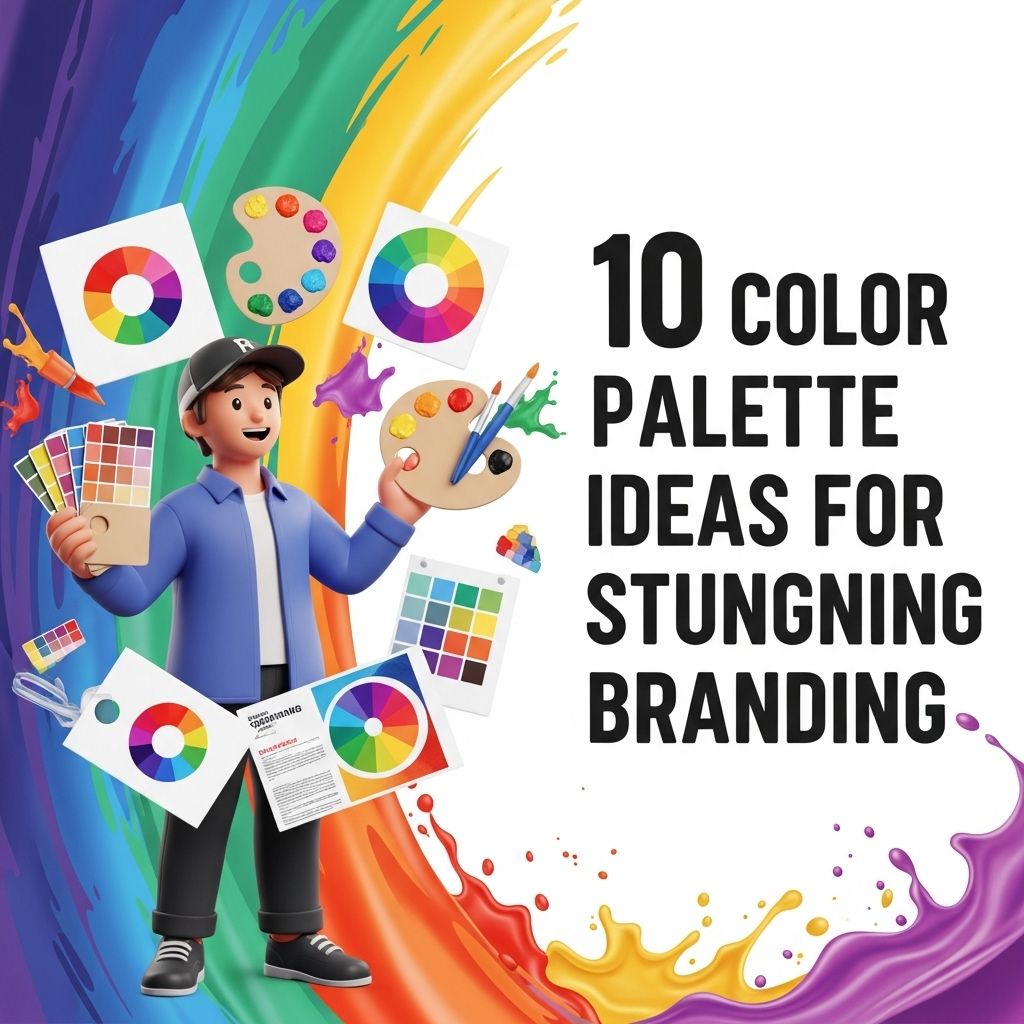In the competitive world of branding, color plays a pivotal role in conveying your brand’s identity, values, and emotions. A well-chosen color palette can create strong associations, influence perceptions, and enhance recognition. This article delves into 10 innovative color palette ideas that can help your brand stand out and achieve success in the marketplace.
Understanding Color Psychology
Before diving into specific color palettes, it’s essential to understand the psychology behind colors. Colors evoke emotions and associations that touch on various aspects of consumer behavior. Here’s a brief overview of common colors and their psychological impacts:
- Red: Energy, passion, danger.
- Blue: Trust, serenity, professionalism.
- Green: Growth, health, tranquility.
- Yellow: Happiness, optimism, attention.
- Purple: Luxury, creativity, mystery.
- Orange: Enthusiasm, warmth, playfulness.
1. Minimalist Monochrome
A monochrome palette consists of various shades and tints of a single color. This approach exudes sophistication and simplicity, making it perfect for luxury brands.
Palette Example:
| Shade | Hex Code | Use Case |
|---|---|---|
| Dark Gray | #333333 | Background |
| Medium Gray | #777777 | Text |
| Light Gray | #CCCCCC | Accents |
2. Vibrant Contrasts
This palette combines bright and bold colors that create high energy and excitement. It’s ideal for youthful brands or those aiming to attract a younger audience.
Palette Example:
- Electric Blue: #00BFFF
- Neon Green: #39FF14
- Hot Pink: #FF69B4
3. Earthy Tones
Earthy tones draw inspiration from nature and create a sense of warmth and reliability. They are excellent for brands focused on sustainability or organic products.
Palette Example:
| Color | Hex Code |
|---|---|
| Forest Green | #228B22 |
| Burnt Orange | #CC5500 |
| Clay Brown | #B65C34 |
4. Soft Pastels
Pastel colors convey a sense of calmness and approachability, making them suitable for brands in the wellness or beauty sectors.
Palette Example:
- Soft Pink: #FFB6C1
- Pale Blue: #AFEEEE
- Mint Green: #98FF98
5. Bold Neutrals
Using bold neutrals can create a striking and modern aesthetic. This palette is versatile and can be used across various industries.
Palette Example:
| Color | Hex Code |
|---|---|
| Charcoal Black | #101010 |
| Warm Beige | #D9CBAE |
| Slate Gray | #708090 |
6. Bright and Playful
This palette is characterized by bright, cheerful colors that evoke fun and engagement. It works well for brands targeting children or families.
Palette Example:
- Sunny Yellow: #FFD300
- Bubblegum Pink: #FF6F91
- Turquoise: #00B2A9
7. Classic Black and White
A timeless palette that never goes out of style. Black and white branding is synonymous with elegance and simplicity, making it perfect for high-end products.
Palette Example:
| Color | Hex Code |
|---|---|
| Black | #000000 |
| White | #FFFFFF |
8. Tech-inspired Brights
For technology brands, high-tech colors often include bright neons and sleek metallics that suggest innovation and modernity.
Palette Example:
- Cyber Blue: #1E90FF
- Vivid Purple: #8A2BE2
- Metallic Silver: #C0C0C0
9. Cool and Calm
A palette featuring cool tones like blues and greens can evoke feelings of calm and trust. This is great for brands in the healthcare or financial sectors.
Palette Example:
| Color | Hex Code |
|---|---|
| Sky Blue | #87CEEB |
| Sea Green | #2E8B57 |
| Lavender | #E6E6FA |
10. Jewel Tones
Rich and vibrant jewel tones can convey luxury and quality. They are suitable for brands that want to position themselves as premium or exclusive.
Palette Example:
- Emerald Green: #50C878
- Ruby Red: #9B111E
- Sapphire Blue: #0F52BA
Tips for Choosing the Right Palette
When selecting a color palette for your brand, consider the following:
- Understand Your Audience: Know who you are targeting and what colors resonate with them.
- Align with Brand Values: Choose colors that reflect your brand’s mission and values.
- Test with Variations: Experiment with variations of colors to find the perfect balance.
- Consider Application: Think about how the colors will look across different mediums (print, web, etc.).
Conclusion
Choosing the right color palette is not just about aesthetics; it’s a strategic element in branding that can significantly impact consumer perception and behavior. By considering the psychological effects of colors and experimenting with the palettes outlined above, you can create a compelling brand identity that resonates with your target audience and drives success.
FAQ
What are the best color palettes for branding?
The best color palettes for branding often include a combination of complementary colors, monochromatic schemes, and nature-inspired hues that align with your brand’s identity and target audience.
How do I choose a color palette for my brand?
To choose a color palette for your brand, consider your brand values, target audience, and the emotions you want to evoke. Use color theory principles to create a cohesive and appealing palette.
What colors evoke trust in branding?
Colors like blue, green, and white are often associated with trustworthiness and reliability, making them popular choices for brands in finance, healthcare, and technology.
Can I use more than three colors in my branding?
Yes, you can use more than three colors in your branding, but it’s essential to maintain balance and harmony. Stick to a primary palette and use accent colors sparingly to avoid overwhelming your audience.
How important is color psychology in branding?
Color psychology is crucial in branding as colors can influence consumer perceptions and behaviors. Choosing the right colors can help convey your brand message and connect with your audience emotionally.




